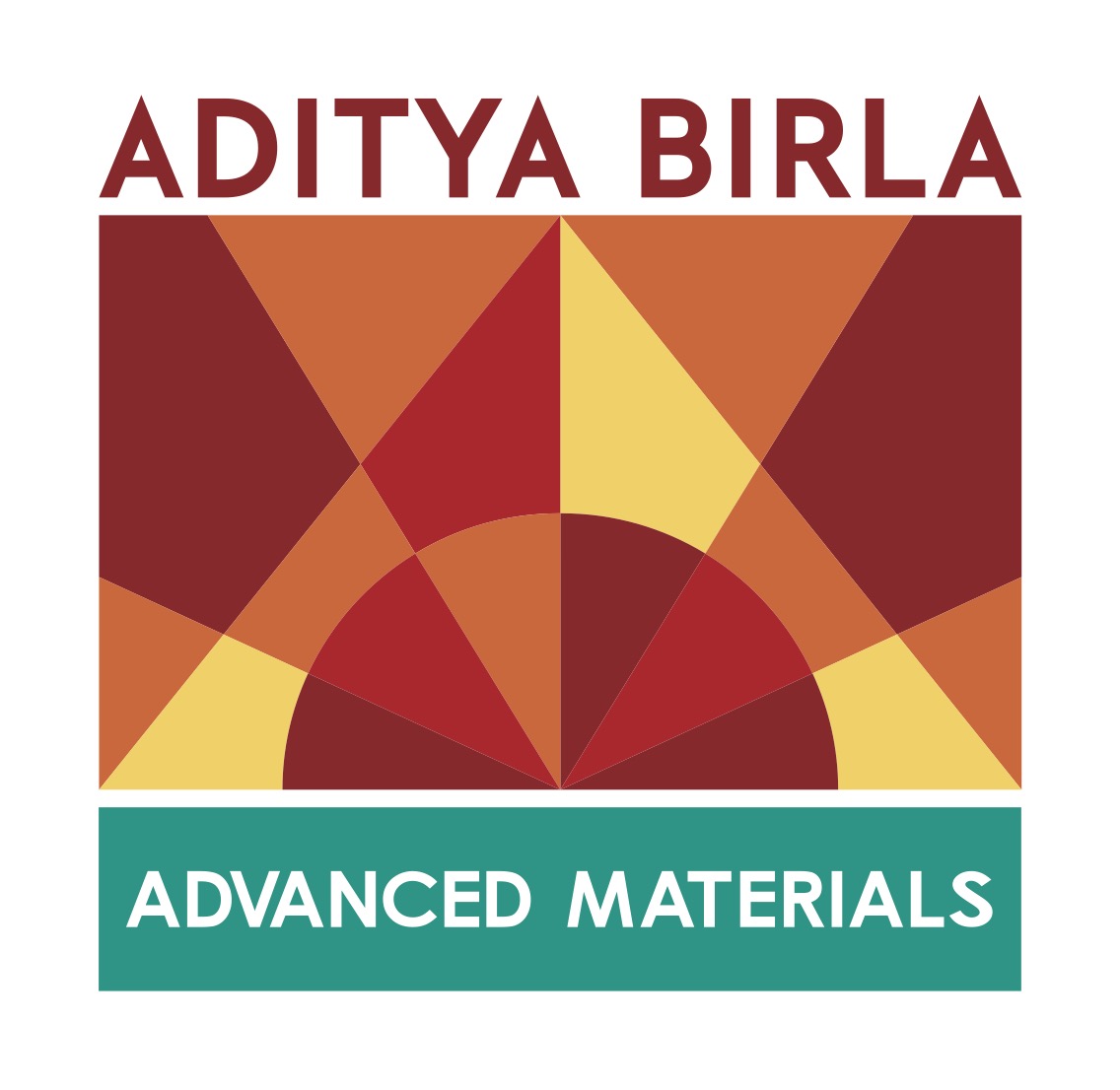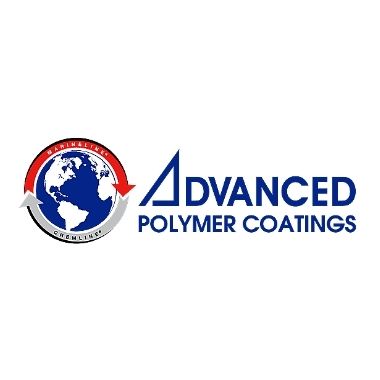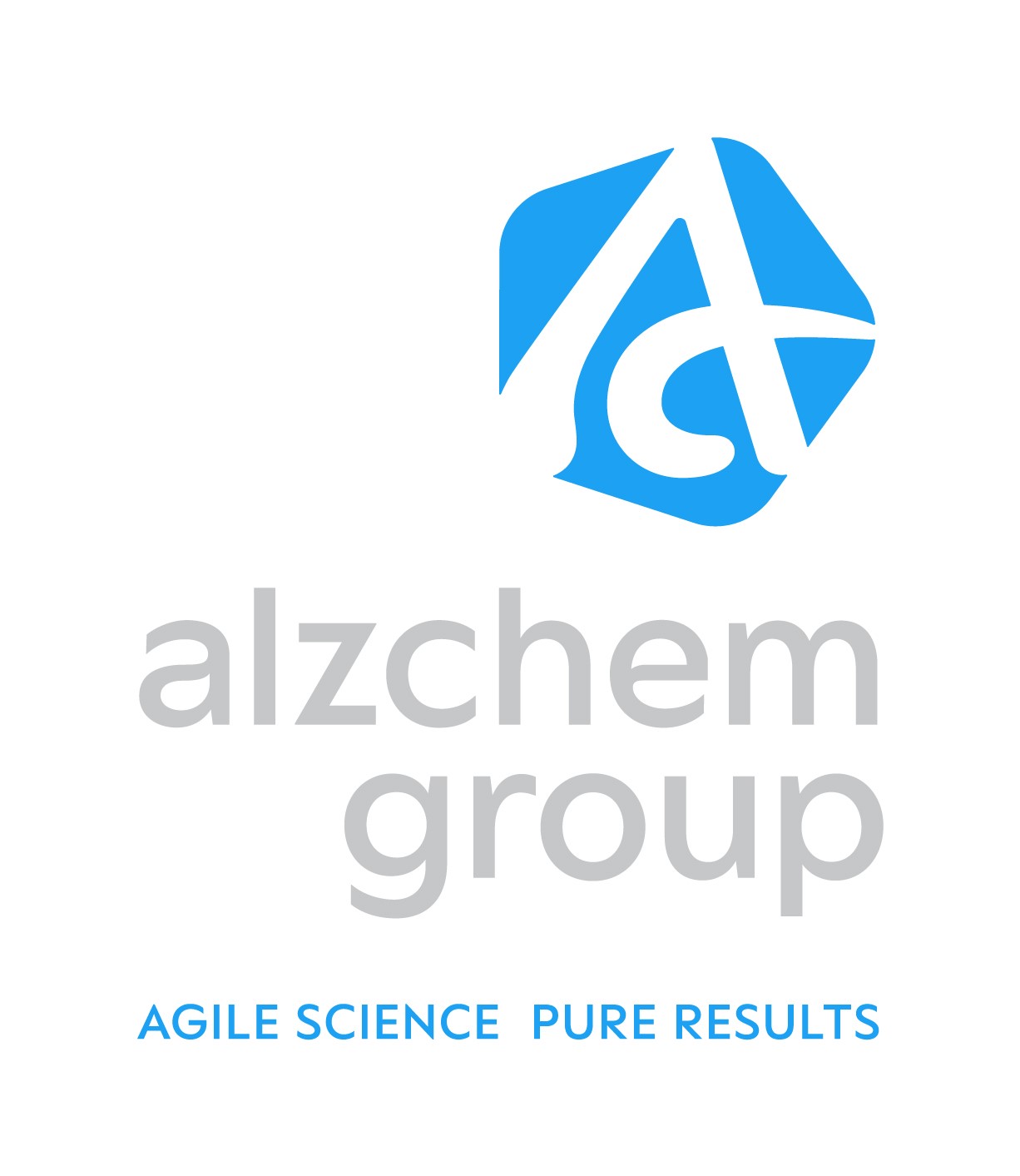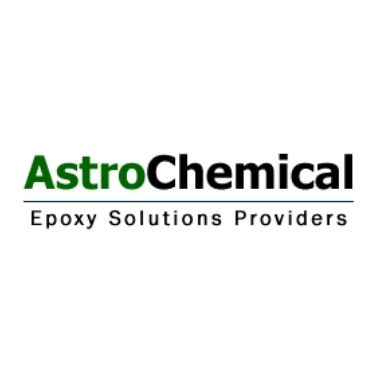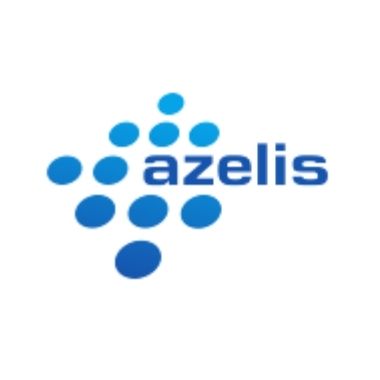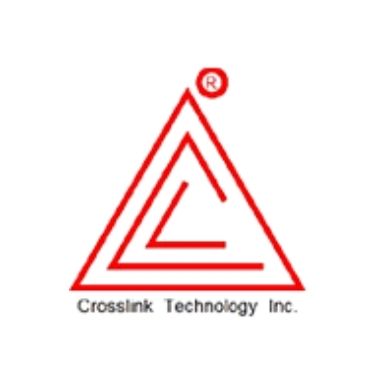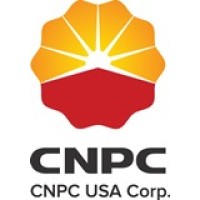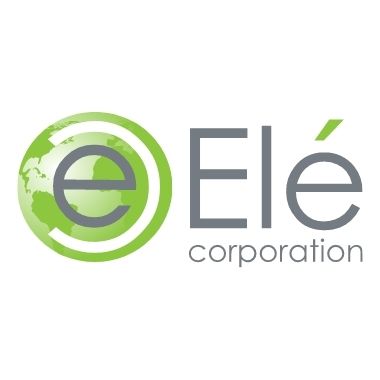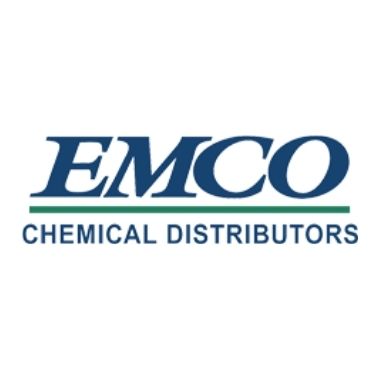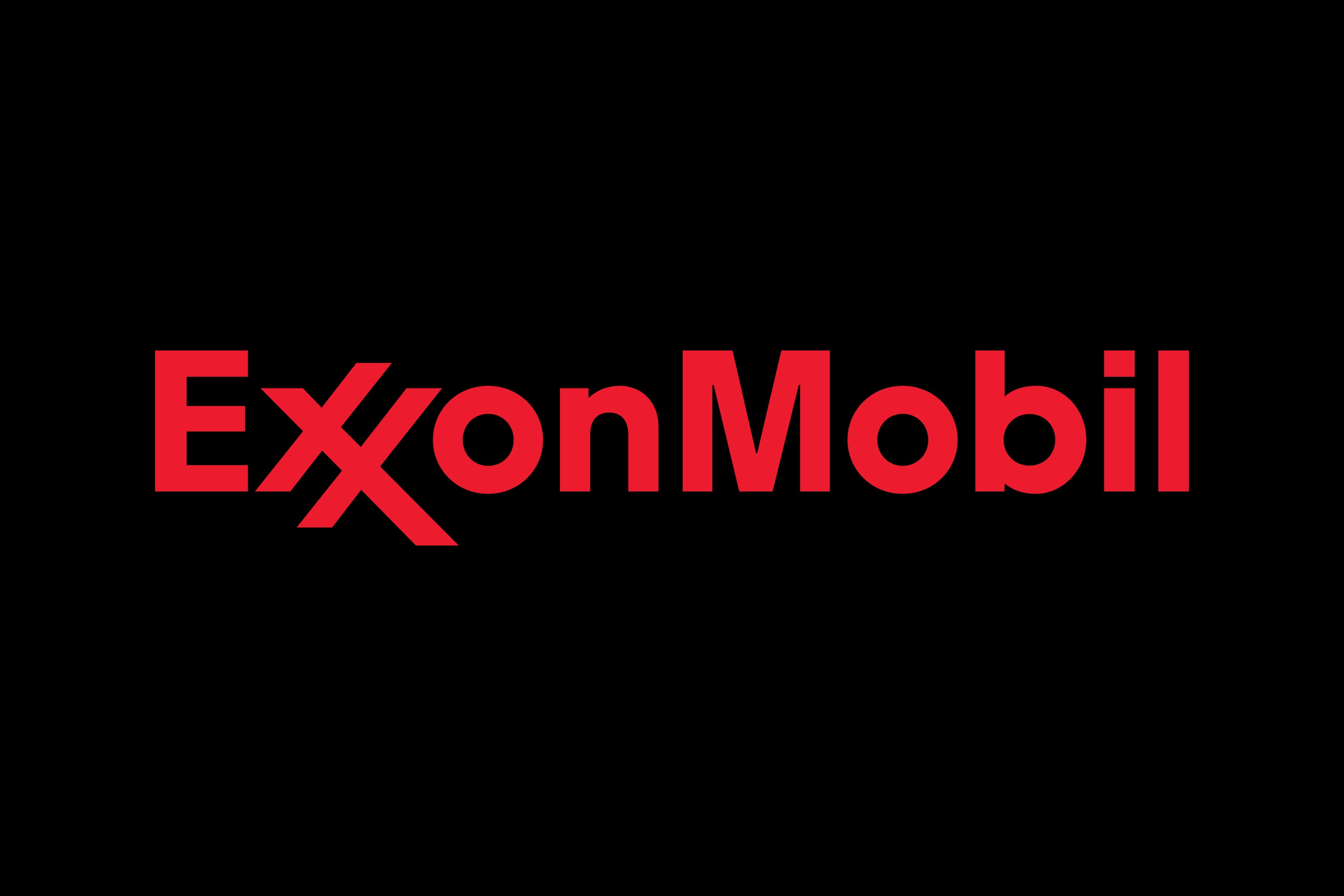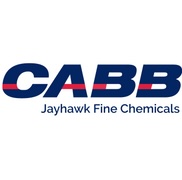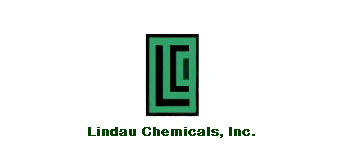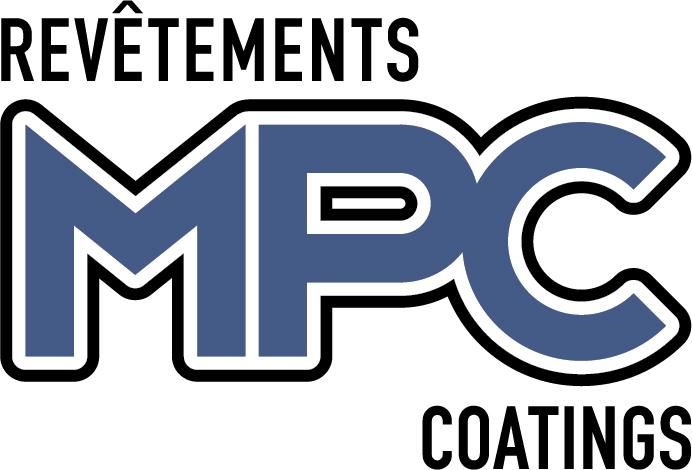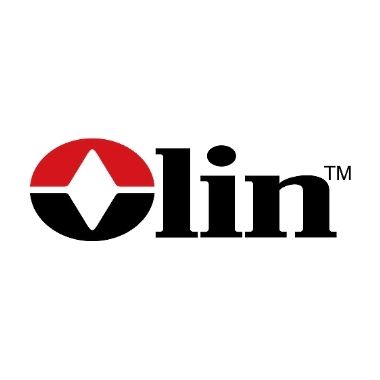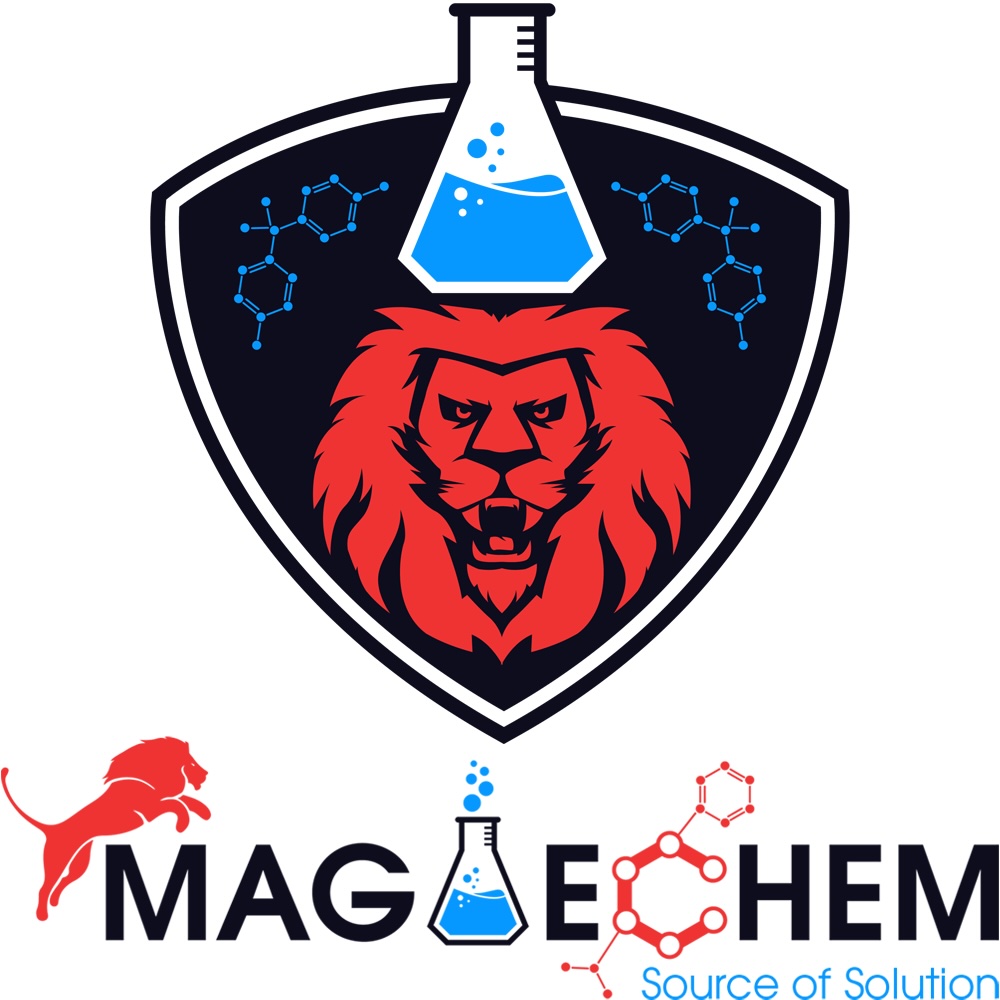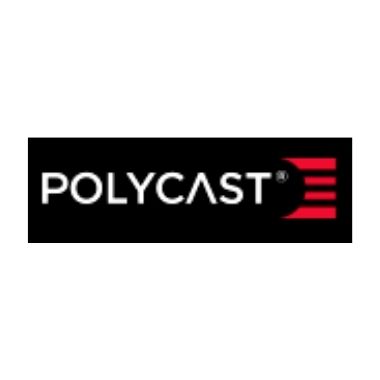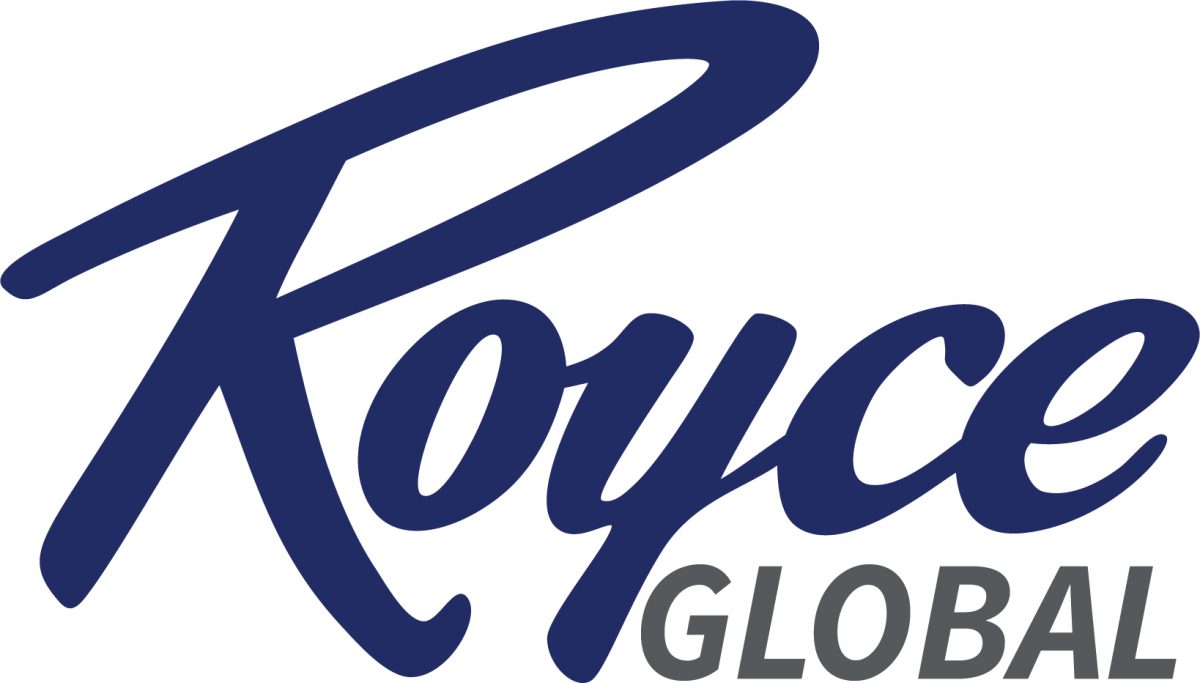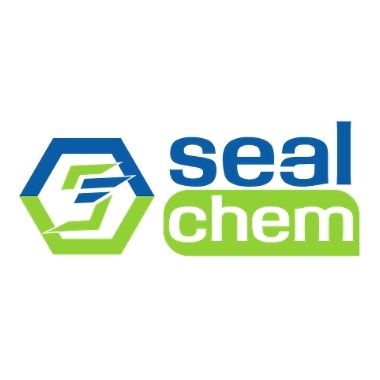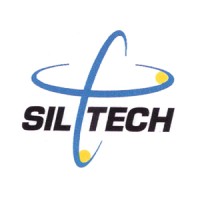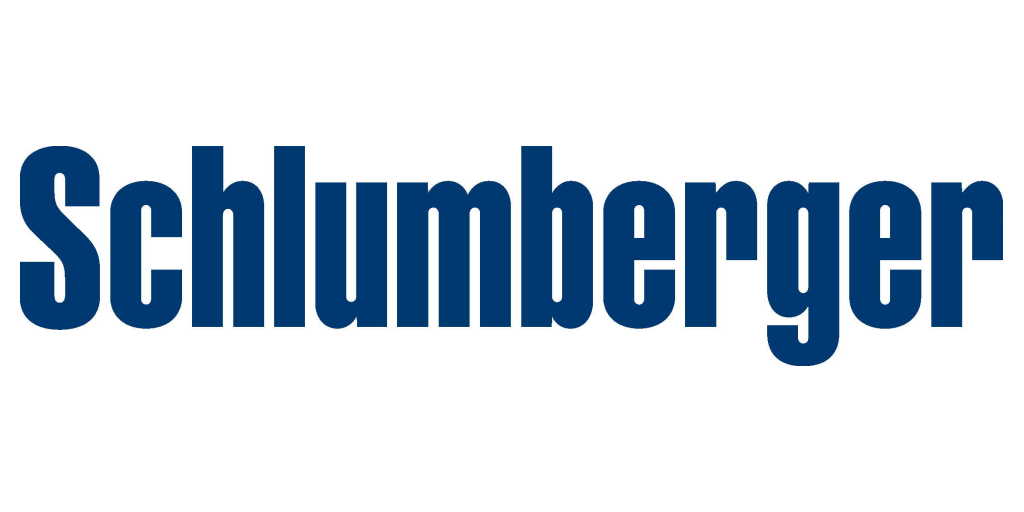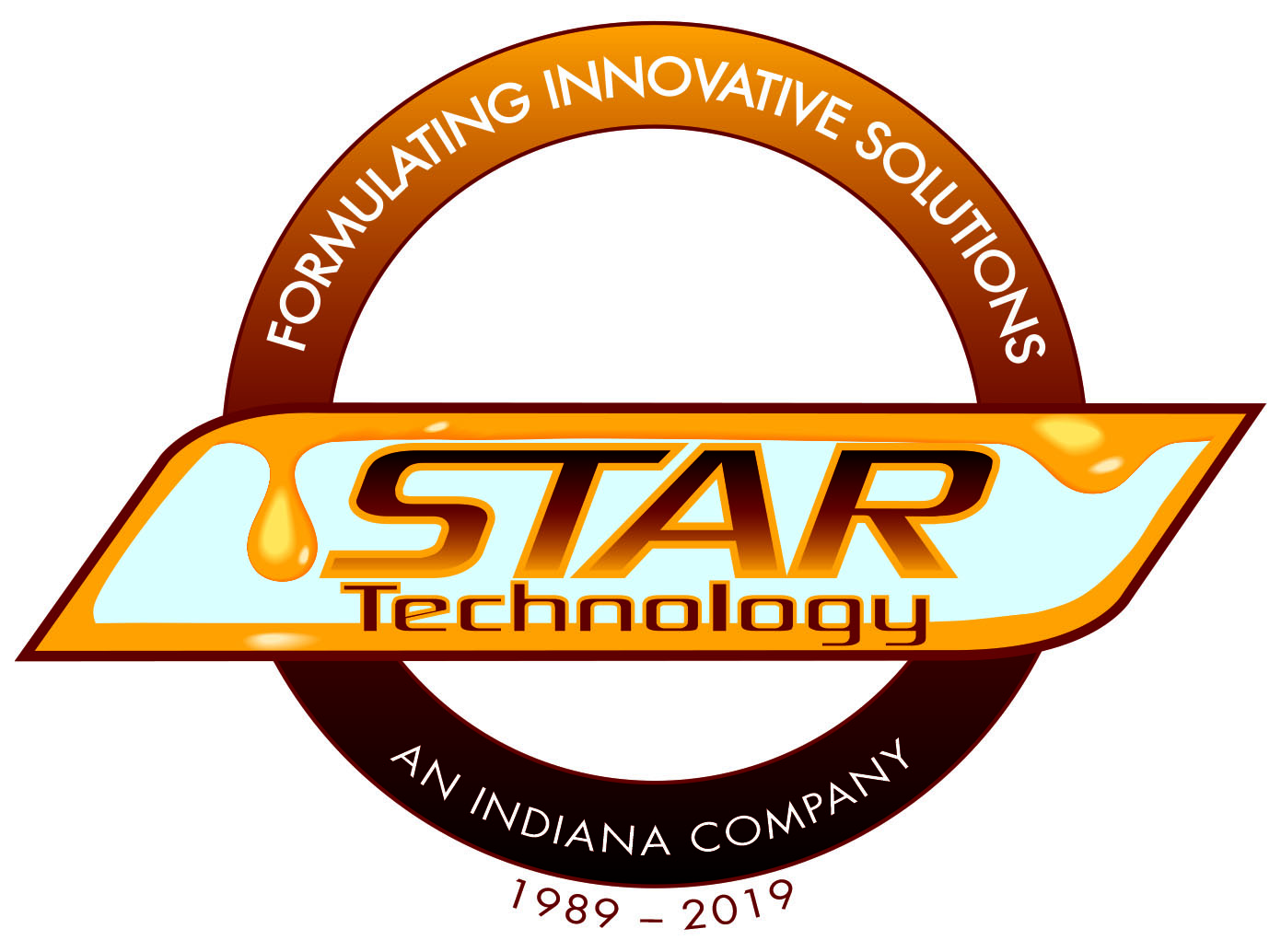2005 Annual Meeting Technical Papers
Papers are listed in alphabetical order by presenter:
New Developments in Polyetheramine Curing Agents
David Alexander, Huntsman LLC
New developments in polyetheramine chemistry will be described. Diamines and triamines have been developed which will extend and complement the properties of the existing line of polyetheramine curing agents. The needs for faster and slower polyetheramines have been addressed with these products. Their epoxy curing and cured resin properties, as well as some of their basic coatings properties, will be described. In addition to the end group modifications, changes in backbone structure are being made, and the effects of these structural changes will be reported.
Novel Waterborne Epoxy Curing Agent Technology
David Dubowik, Air Products & Chemicals
New waterborne epoxy curing agent technology overcomes major limitations of older waterborne epoxy technologies. Special features include high resistance to yellowing, high resistance to food stains, high water resistance, and the ability to form clear high build films. Performance data and starting point formulations demonstrate the usefulness of this technology in the coatings and civil engineering markets.
Nanostrength™: Improving Toughness on the Nanometer Scale
Sheng Hong, Arkema Inc.
Arkema (Formerly Atofina) is commercializing a new class of modifiers for epoxy systems, trade name: Nanostrength. NanostrengthTM products are block copolymers of either ABC or ABA type such as Poly(styrene-b-butadiene-b-methylmethacrylate) (SBM) or Poly(methylmethacrylate -b-butylacrylate-b-methylmethacrylate) (MAM). Although such block copolymers have been studied in academia for some time. Arkema developed innovative technologies to make such academic curiosity a commercial reality. When blended with a proper host resin such as epoxy, these products can self-assembly into nanometer-sized domains. Compared with traditional tougheners, these products provide excellent impact toughening properties while maintaining high Tg, high modulus, and high heat distortion temperature of the epoxy matrix. The small rubbery domain prevents rapid crack propagation and makes it an excellent candidate for toughening demanding electronic applications and high-performance composites.
Epoxy systems for Applications Below Zero Degrees Celsius
Robert Kultzow, Huntsman Advanced Materials
Because of their many attractive mechanical and electrical features, epoxy-based products are finding increased utility in a wide variety of structural and electrical applications for high and medium voltage electrical apparatus that is required to operate in low-temperature environments. At these lower operating temperatures, many factors come into play affecting overall performance, among which are: speed and effectiveness of cure, fracture toughness characteristics, and thermal expansion properties. This paper explores these factors in detail.
Di- and Tri-functional Epoxides as Reactive Diluents in Epoxy Systems
Hubert Monteiro, Royce International
Harshad Deshpande, Atul Limited Di- and Tri-functional epoxides provide better cross-linking with Bisphenol-A and Bisphenol-F systems as compared with the more commonly used mono-epoxides. Higher glass transition temperatures and improved mechanical properties are obtained. Data on neopentyl glycol diglycidyl ether, 1:4-butane-diol diglycidyl ether, 1:6-hexanediol diglycidyl ether, resorcinol diglycidyl ether, and trimethylolpropane triglycidyl ether modified Bis-A resin cured with blends of methylene bis-(o-ethyl aniline) and Isophorone Diamine are presented.
Be a Better Formulator
Rodney Pendleton, ITW Devcon
Formulating has gone from an art to science since the 1970s. Knowing the education level needed and on-the-job training necessary can make you a better formulator.
The Chemistry and Application of Intumescent Agents for Use in Epoxies and Self Crosslinking Styrene-Acrylic Monomers
Philip Rhodes, Broadview Technology
Novel approaches for the production of fire retardant water-based styrene-acrylic and 100% solid epoxy coatings will be explored. Recent advances in enhancing the efficiency of intumescent agents will also be reviewed and their formulations will be presented.
Dimensionally Stable, Shape-Retentive, High Film Build Aqueous Epoxy Technology
Dr. Giorgio Sabbadini, Cognis Inc.
Modern coatings in construction are today conceived on an aqueous basis due to facilitated handling, reduced health hazards, decreased danger of fire and explosion, and the diminished application of volatile organic compounds (VOC). A new concept of water-based epoxy adduct as a hardener for water reducible epoxy formulation was developed to achieve dimensionally stable high thickness self-leveling floorings as an important objective for modern, water-dilutable epoxy resin applications.
Epoxy, Urethane, Silicon: Choice of Encapsulate for High-Reliability Magnetic Components
Robert Sanchez & Howard W. Arris, Sandia National Laboratories
Sandia National Laboratories has been encapsulating magnetic components for over 40 years. The design of magnetic component assemblies that must withstand a variety of environments and then function correctly is dependent on the appropriate use of encapsulating formulations. Specially developed formulations are critical and enable us to provide high-reliability magnetic components. The types of formulations we employ can be generally categorized into epoxies, urethanes, and silicones. This paper will discuss the component type and the Epoxy, Urethane, or Silicone formulation and processing parameters utilized.
Recent Advances in Polyurea Technology
Ray Scott, The Hanson Group
One of the most exciting and most often talked about technologies of the broad family of polyurethane applications (isocyanate-reactive polymers) is that of polyurea. The technology of polyurea is the reaction of an isocyanate and an amine. Some have referred to this as the “resin” of polyurethane with the curatives of epoxy. In many ways, this is a good description, because polyureas can exhibit the best in both polyurethanes and epoxies. They have the chemical resistance of epoxy combined with the physical strength of polyurethanes. Polyureas also have some unique benefits over either polyurethanes or epoxies. Polyurea reactivity is NOT affected by ambient temperature and can be applied at temperatures from -20 to 100F with little or no change in reactivity. Polyureas are also not affected by moisture. The reactivity of a polyurea is sufficiently fast that the water/isocyanate reaction does not compete. Thirdly, the physical properties of a polyurea are usually fully developed in less than 24 hours, compared to up to 2 weeks for most polyurethanes. Therefore, the return to service is very quick with polyureas.
Novel Toughening Agents for Composites, Adhesives and Coatings Utilizing Core-Shell Particles
Doug Sober, Kaneka Texas Corporation; Riichi Nishimura, Kaneka Corp.
Current modifiers for toughening thermosetting systems exhibit significant drawbacks including depression of the glass transition temperature, instability of the formulation, and difficulty of use. Core-Shell Rubber (CSR) particles have been used successfully for more than 40 years in thermoplastic applications but have had limited success in thermosetting systems due to the agglomeration of the particles. The agglomeration of the particles results in a non-homogeneous composite and corresponding poor and inconsistent performance attributes.
Kaneka Texas Corporation has developed a proprietary process for dispersing core-shell domains into various thermosetting resins. The CSR particles are perfectly dispersed and remain so during storage under a variety of conditions and also during the formulating process. The resulting composite, adhesive or coating exhibits improved fracture toughness, lap shear strength, and durability without sacrificing glass transition temperature or other thermal properties related to the cross-link density. The Kaneka CSR products are also clean and very easy to use relative to current toughening products. This paper will discuss the merits and use of these novel toughening agents for thermosetting systems.
Halogen Free Epoxy Resin for High-Performance Electronic Applications
Dr. Hitesh Soni, Thai Organic Chemicals Co., Ltd. (Epoxy Division)
Halogen-free flame retardant multifunctional epoxy resin was synthesized, characterized and its performance properties were compared with conventional epoxy cresol Novolac. Different curing agents and catalysts were used and their mechanical, electrical, thermal properties were studied. In addition, limiting oxygen index (LOI) and fire retardancy as per UL 94 were also analyzed in comparison to brominated epoxy resins.
Utilizing a Design of Experiments Approach to Non-Skid Coating Formulation
Charles S. Tricou, Applied Research Lab, Pennsylvania State University
Flight deck non-skid coatings on aircraft carriers and large-deck multipurpose amphibious assault ships must withstand extreme service conditions, including impact, abrasion, frequent cleaning, and prolonged exposure to organic fuels and lubricants. In the development of a long-life nonskid flight deck coating, the formulator of a high-performance coating must seek to optimize all of these physical properties to achieve improved functionality and durability. The project goal is to double the effective life of current non-skid coatings through an appropriate blending of resin, two amine-based curing agents, three varieties of strength modifiers, and two adhesion promoters. In all, seven (7) components are included in an experimental design approach that allows the researchers to understand the effect that each constituent has (if any) on each of the physical properties of the final resin system. The efficiency of the approach is such that the formulation design space can be adequately evaluated using 46 unique blends.
Novel Moisture Curable Epoxy / Urethane Alloys
Jai Vanketesan, Cytec Industries
|



